Have you ever thought about moving the pool pump, filter and heater to a new location? As with most pools, the equipment may not be in the most desirable location. The site originally chosen to place the equipment is often to minimize the length of additional trenching, plumbing and wiring, to and from the pool.
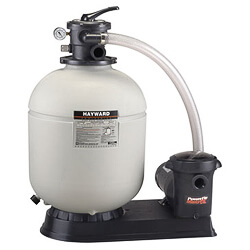
Moving the pool equipment to a new location is often done as part of a larger renovation project, where the existing pump/filter area is converted to a new purpose. Pool equipment is also often moved to place it out of earshot or out of direct line of sight, although a few walls and landscaping can do the same thing at a lower cost. In addition to distance, some pool systems are relocated in vertical relation to the pool; I remember one project where the pump and filter was located 8′ above the pool surface, which created a lot of pump priming issues. Another pool we’ve featured on this blog many times moved the pool equipment to a sub-terranean pump room built from cinder blocks and a poured concrete floor. Another reason for moving the equipment can be hillside creep. Pool equipment that is leaning down hill, due to its location on steep terrain, will one day fall down hill, unless steps are taken.
Moving the pool equipment to another location involves not only physically relocating the pump, filter, heater and other equipment but also extending the pipes and the electrical power and bonding wires, to the new equipment pad location. If you have a gas heater, the gas supply pipe will also have to be moved.
Moving Pool Plumbing to a New Location
If your pool system consists of a pump and filter, with just 2 pipes coming into the pump and one return line going back, moving the pool equipment is much simpler than larger pools with numerous pipes, heaters and other accessory equipment.
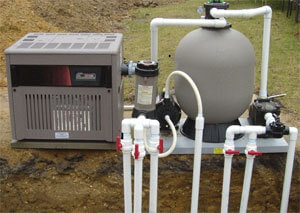
But even that is not a cake walk. Let’s walk through the steps, shall we?
- Choose the new location and pour an oversized concrete pad.
- Check with your local building dept. to ask about a permit.
- Call811 to have your property marked for underground utilities.
- Dig a 24″ deep trench from the old pad to the new pad site.
- Remove and disconnect pump, filter and other equipment.
- Lower pool water level or plug lines in the pool.
- Excavate suction and return pipes, cut and route into trench.
- Using pressure fittings, connect pipe from old pad to new pad.
- Reconnect pump and filter plumbing on new equipment pad.
- Fill the pool, pressure test, schedule inspection before backfilling.
Moving Pool Power Supply to a New Location
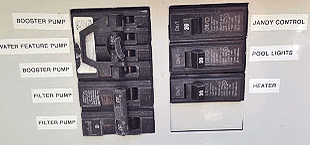
You can keep the breaker box and timer box and pool light switch in the original location, but most folks will also move the power supply to the new location. Either way, hire a qualified electrician to manage most of the job, to be sure that it’s done safely and up to code. An electrician will disconnect the breaker box (sub-panel) wires and case them in junction boxes, then run new wires from the J-boxes to the relocated sub-panel, mounted on steel angle iron rails, set vertically on the edge of your new equipment pad. More importantly perhaps, an electrician will be sure that the bonding wire and pool lights are correctly connected. There have been several high profile pool electrocutions in the last few years, so to be safe, electrical pool renovation work should always be done by qualified electricians, not homeowners or pool service guys.
Moving a Gas Pool Heater to a New Location
The pool heater does not need to be sitting right next to the pump and filter, it could be set-up in a different location, with buried pipes carrying water to and from the heater. Heaters also need a gas supply however, and digital pool heaters require a 110 power supply to operate the control circuits, and pool heaters must be bonded, or connected to the bare copper bonding wire that runs around your pool and connects all the steel parts together. Although a homeowner can replumb and wire up a pool heater on the new pad site, a gas contractor is recommended for the gas line extension. The new gas line should be in its own trench, and not share the plumbing trench. The gas line pipe diameter will increase for longer distances from the natural gas meter or propane tank, and can require larger meters or regulators to maintain pressure.
Moving the Pump and Filter just a Few Feet
In cases of hillside creep, or for locations that flood, or to improve serviceability and equipment layout, some pool owners may consider moving the equipment just a few feet. Cutting the pipes off at the knees, remove all the equipment from the pad, and then either rebuild the existing pad or pour a new pad in an adjacent location of better character. If the pipes need to be rerouted, dig down around the pipes to the 90° fitting, where the pipes turn up to come out of the ground. Cut the pipes and trench to the new location, where they turn up to come out of the ground. After reconnecting the plumbing to the pump and filter, rewire pump(s) with longer lengths of flexible conduit, to reach the new location.
Cost to Move Pool Equipment
It’s not cheap, or easy to move pool a pump, filter and heater to a new location. A pool company would probably charge $3,000-$6,000 for most moves, depending on how complicated your system is and how far it’s being moved. If there is no gas heater to be moved, the cost can be considerably less. If out of earshot and direct line of sight is what you want to achieve, search online for images of pool equipment enclosure ideas, and hide your pump and filter with walls and landscaping.

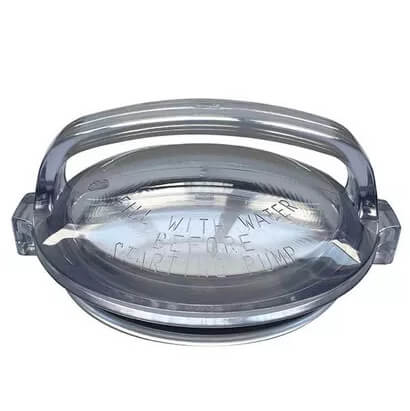
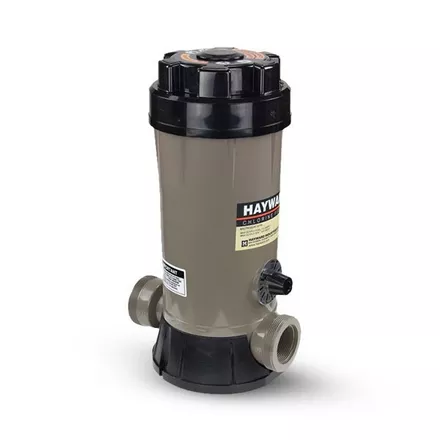
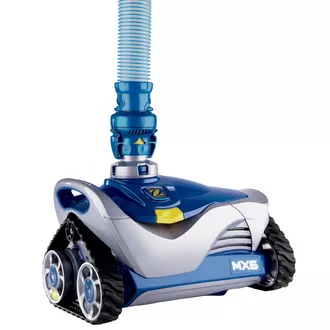
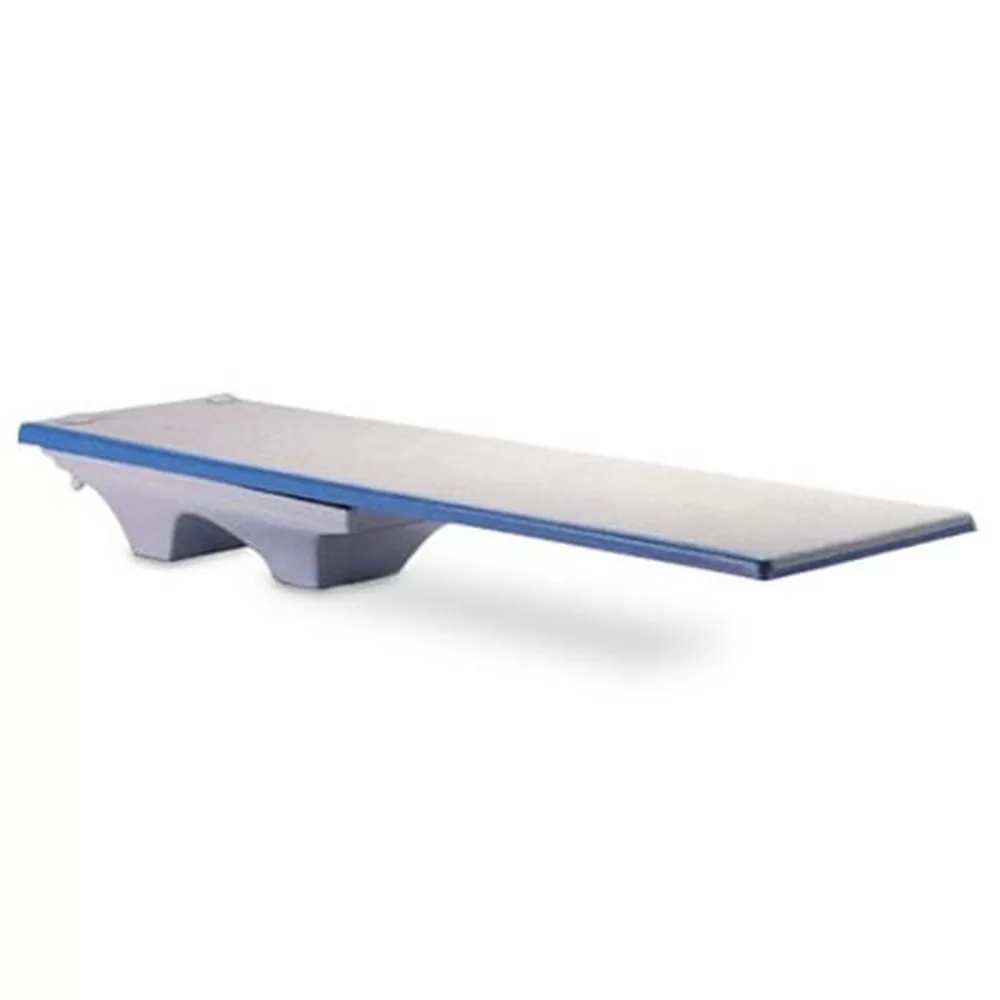


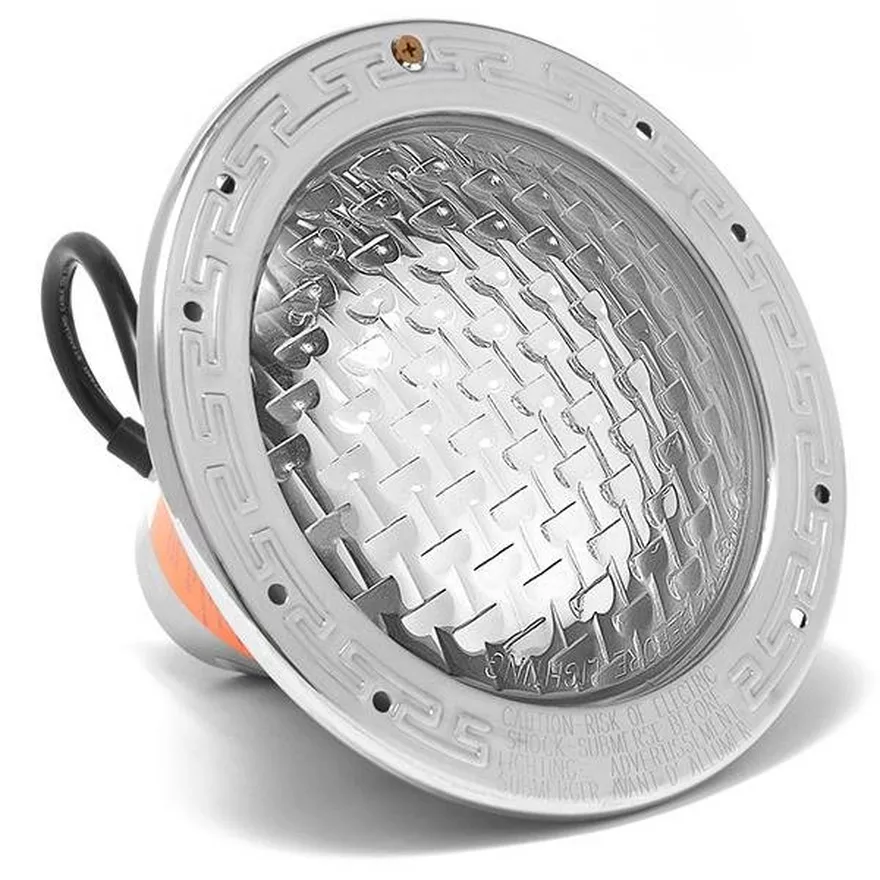

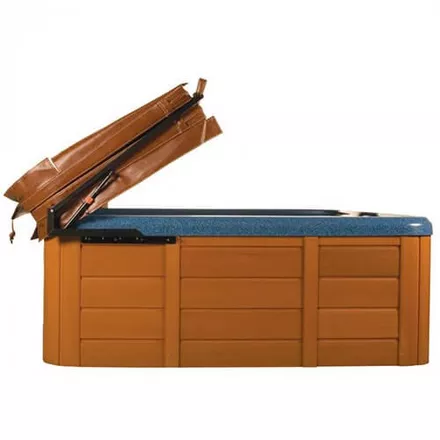
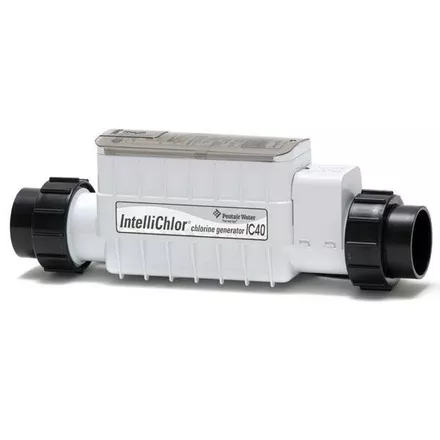

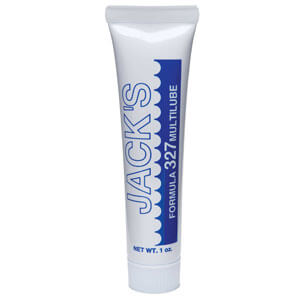
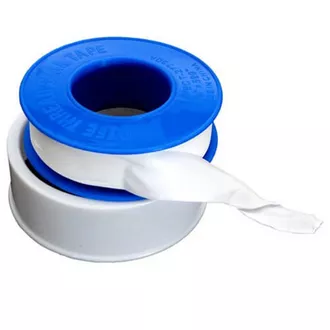
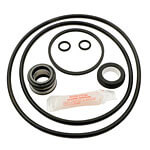
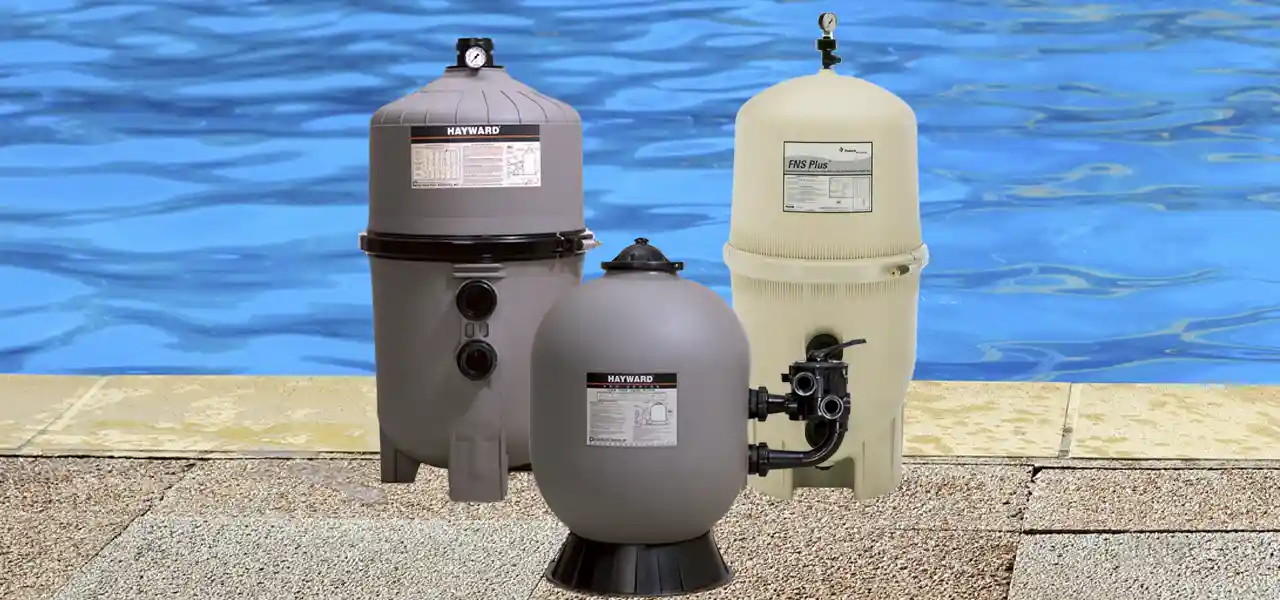
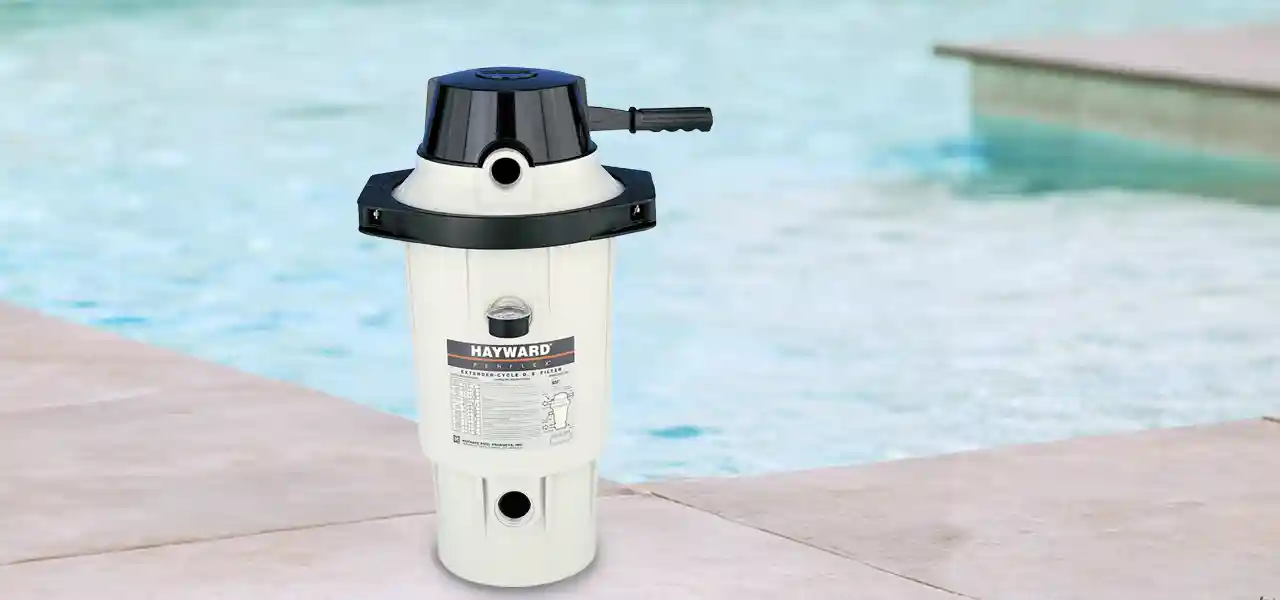
What size area do i need for my 1 1/2 hp pump and 24″ filter ??
Hello, I would say a pad size of at least 4’wide and 3′ deep